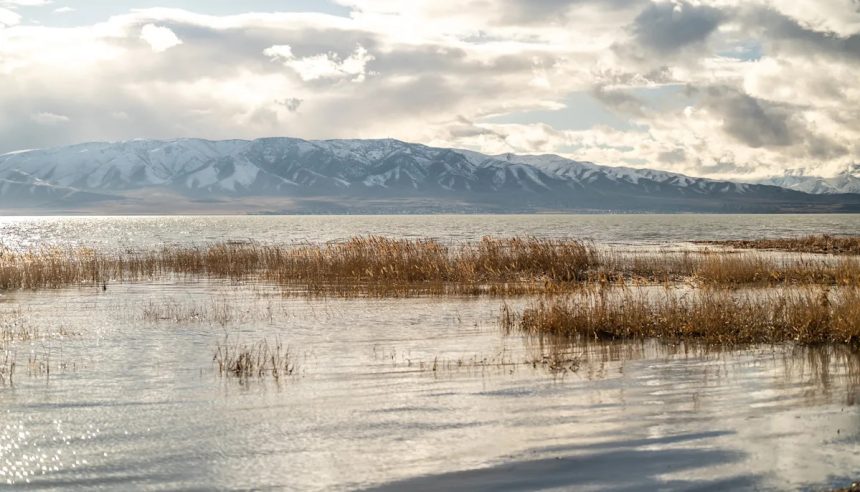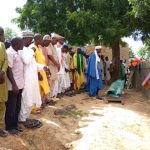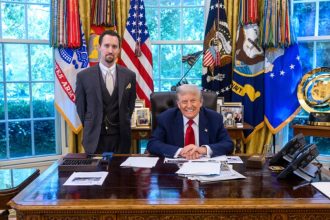Scientists understand how detrimental invasive species can be for an environment’s biodiversity, and they work hard to face this challenge head-on with determination, careful planning, and consistency.
Invasive species, such as one population of non-native carp in Utah Lake, destroy the balance in an ecosystem, put native species in jeopardy, and negatively impact the food chain.
According to the Daily Herald, conservationists have begun implementing automated carp traps in Utah Lake to more efficiently remove the species from the ecosystem and protect the threatened June sucker fish.
Since 2009, commercial fishermen have been removing the carp from the waters as instructed by the June Sucker Recovery Implementation Program. Today, the June sucker fish has gone from being “endangered” to “threatened.”
However, high water levels and vegetation in the summer make netting inefficient during the season. Carp traps, which can individually trap thousands of pounds of carp, can be used year-round.
Invasive carp, according to an essay by Teri Harman published on Edge Effects, are bottom-feeders. They eat vegetation in the lake, which not only disrupts the soil but also hinders June sucker fish from hiding.
This lack of protection from predators has significantly impacted the native fish species’ population. Not only this, but when necessary vegetation is removed from an ecosystem, water quality depletes, and algae take over.
The Daily Herald reported that, as the use of this method is new, there is no data informing any major changes in carp populations, but the sheer amount of fish that can be caught in the traps is telling of future success.
This process will be long, as carp have long ruled the lake, being bred in the area in the late 1800s, Harman said. In fact, by the 2000s, carp made up 91% of the total fish biomass in Utah Lake.
With time and new tools, however, conservationists keep hope of restoring the habitat of the June sucker fish to increase their population.
On the newly implemented carp traps, Central Utah Water Conservancy District biologist and June Sucker Recovery Implementation Program assistant director Russ Franklin said: “It’s just one more tool in the toolbox to see what we can do to help reduce the carp population.”
“As we remove carp, it helps the vegetation, gives it a chance to get reestablished,” the biologist added, per the Daily Herald.
Join our free newsletter for good news and useful tips, and don’t miss this cool list of easy ways to help yourself while helping the planet.









